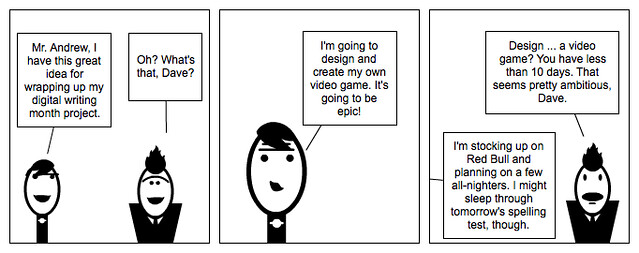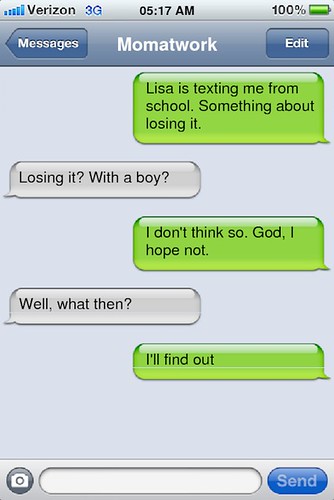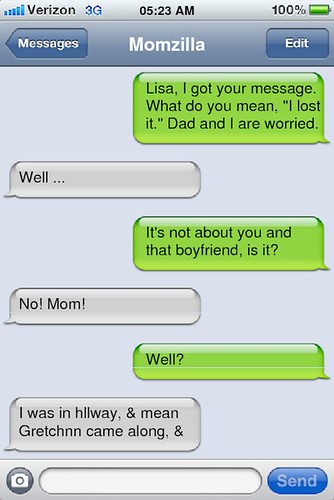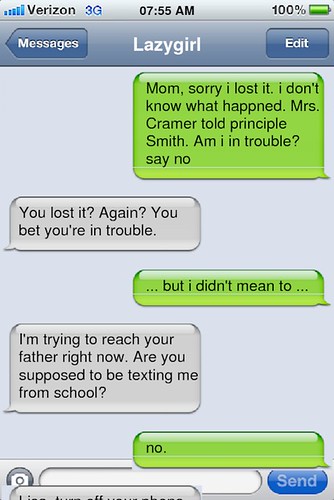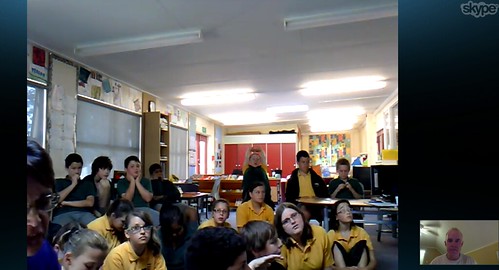
Listen — Jeff Kinney is probably never going to sweep the “serious awards” category for his Diary of a Wimpy Kid books. And with the seventh book in the series (The Third Wheel), the newness of his drawings and the discovery of his characters have long since become just … “comfortable.” But Kinney can still get you chuckling over the circumstances and ego-centric world of his main character, Greg Heffley, in ways that are sly and (as a parent of three boys) a bit too real at times.
Here, in The Third Wheel, Greg is off to a middle school dance with his goofball friend, Rowley, and a girl they bring as their “friend” (the title gives away what is going to happen, so I don’t have to). But much of the first half of the book is Greg remembering various events from his childhood, and it was in these tales of Greg in the womb, Greg commandeering the television when his mom tries to use the Baby Genius tapes, Greg’s frustrations at getting everything as a hand-me-down from his older brother (including underwear) that had me chuckling.
It’s a quick read, as all the Wimpy Kid books are, and Kinney’s illustrations are light and funny. My 8 year old son read the book — devoured it, actually — in two hours. My older sons read it in less than an hour (the older one being a bit furtive about it now that he is in high school, I think). In the end, The Third Wheel is a good entertainment, and sometimes, that’s all we ask in a book, right?
Peace (with the kid),
Kevin
PS — bonus video: Jeff Kinney drawing lesson!


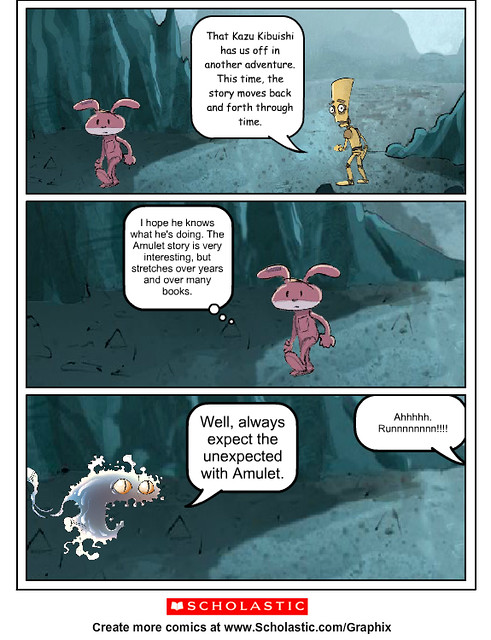
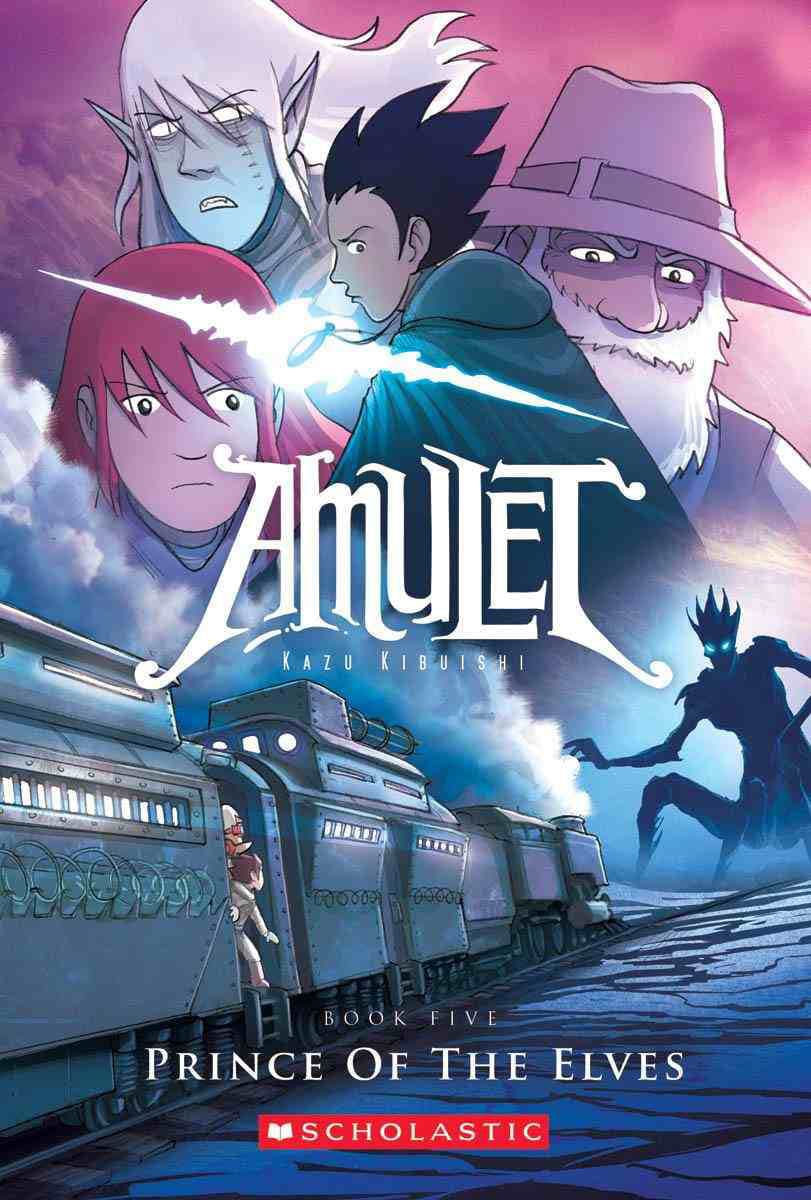

 imagine
imagine